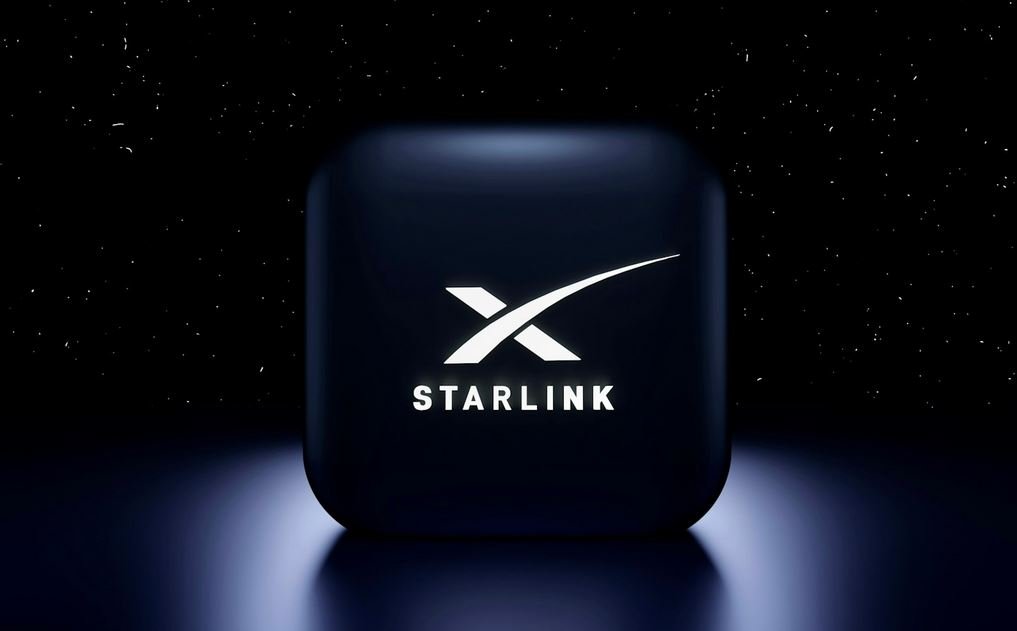Elon Musk’s Starlink satellite internet service suffered an unprecedented global outage on July 24, 2025, leaving tens of thousands of users across more than 140 countries offline for nearly two and a half hours. The interruption was traced back to an internal software failure, making this one of Starlink’s most extensive outages since its launch.
What Happened During the Starlink Outage?
The outage began at approximately 3 p.m. EDT (12:30 a.m. IST), with outage tracker Downdetector receiving more than 61,000 reports from frustrated users in the United States alone. Customers across Europe, Asia, Africa, and Australia also reported complete loss of service, many encountering error messages about no healthy upstream connectivity.
Both personal and enterprise users, including remote communities and emergency services in regions heavily reliant on Starlink, experienced significant disruptions. Notably, the outage temporarily impacted vital communications for Ukraine’s military operations on the front lines.
Starlink, now boasting over 6 million users worldwide, has become a critical provider of high-speed internet in underserved areas, making the scale of this outage especially concerning[6].
The Cause Behind the Major Disruption
The issue was confirmed to be a failure in Starlink’s core network software, with key internal services shutting down and triggering cascading connectivity losses across the satellite constellation.
According to Michael Nicolls, Starlink’s Vice President of Engineering, the network outage was not due to an external attack but to a malfunction in primary software services essential for maintaining global connectivity.
The Starlink engineering team promptly acknowledged the outage on X (formerly Twitter), communicating with users in real time as they worked to restore service.
Elon Musk personally apologized for the disruption via X, promising users that SpaceX would address the root cause and reinforce systems to prevent future incidents. He emphasized the company’s commitment to maintaining a reliable network as Starlink’s user base continues to expand.
Service will be restored shortly.
Sorry for the outage.
SpaceX will remedy root cause to ensure it doesn’t happen again. https://t.co/q1bsTVtMZ7
— Elon Musk (@elonmusk) July 24, 2025
Full service was restored after about two and a half hours, with engineers continuing to monitor the network to ensure stability.
As Starlink rapidly grows, the incident highlights the vulnerabilities of large-scale, software-driven satellite networks. Analysts noted that while shorter, localized Starlink outages have occurred before, a global failure of this magnitude is exceptionally rare.
Experts and customers have called for stronger contingency planning and enhanced systems to ensure robust, resilient operations as reliance on satellite internet surges, especially in rural and developing regions.
What Users Should Know
The outage raised important questions about the resilience of satellite internet infrastructure as it becomes a primary source of connectivity for millions worldwide.
SpaceX has reassured customers that it is investigating the issue thoroughly and implementing corrective measures to safeguard against similar problems in the future.


